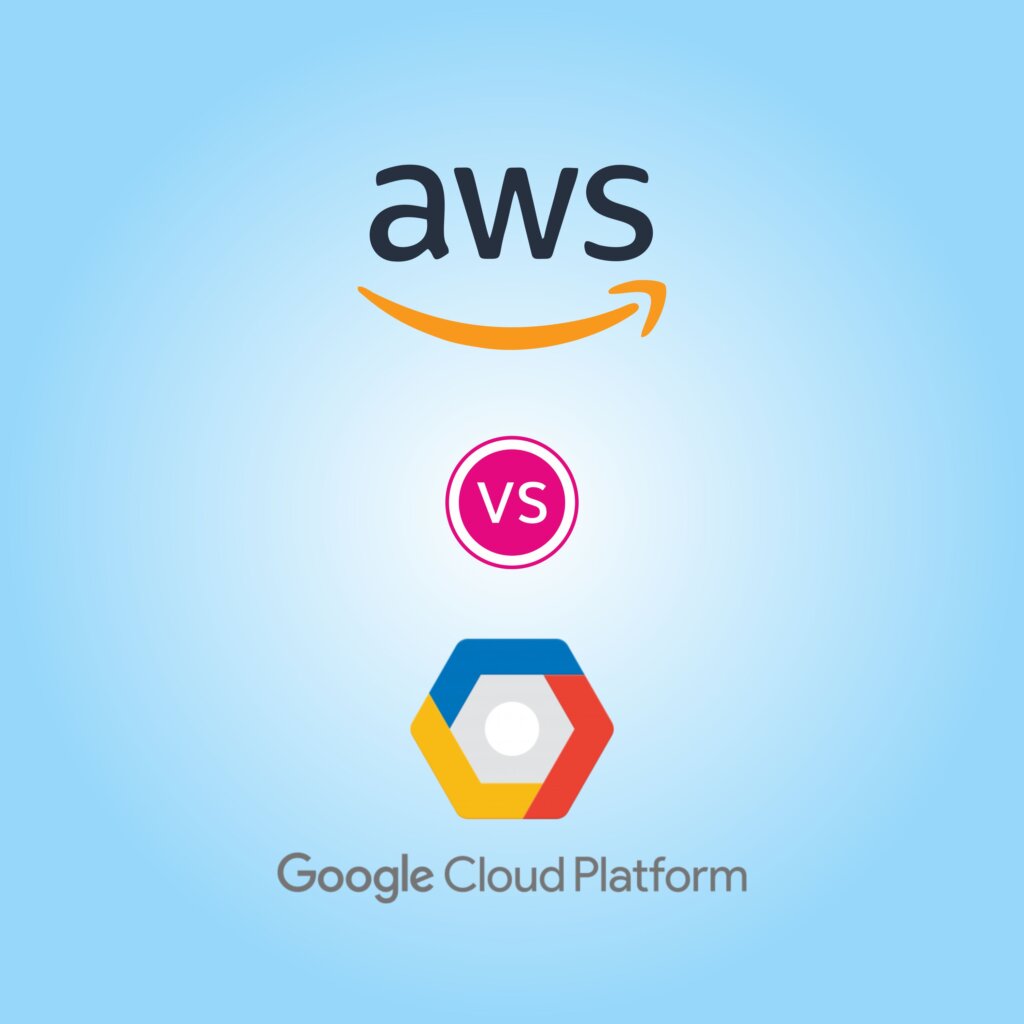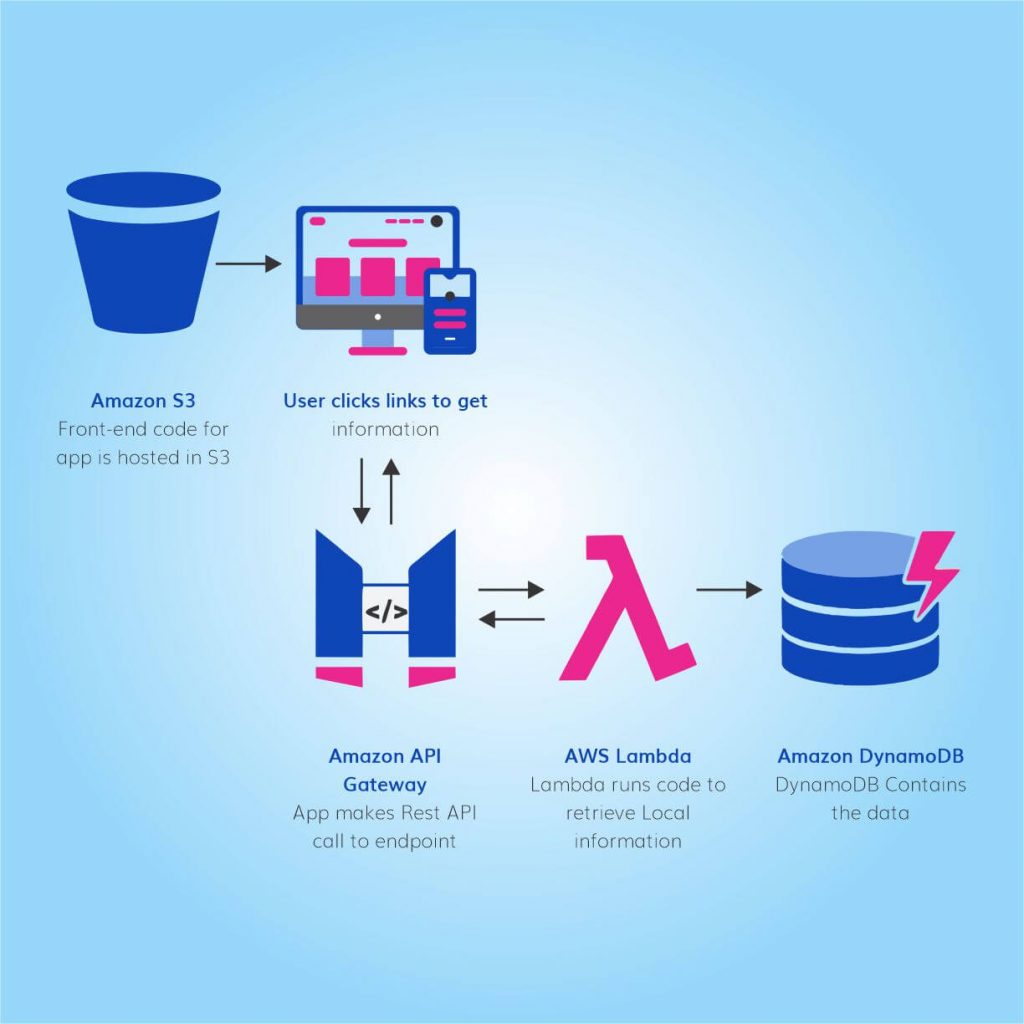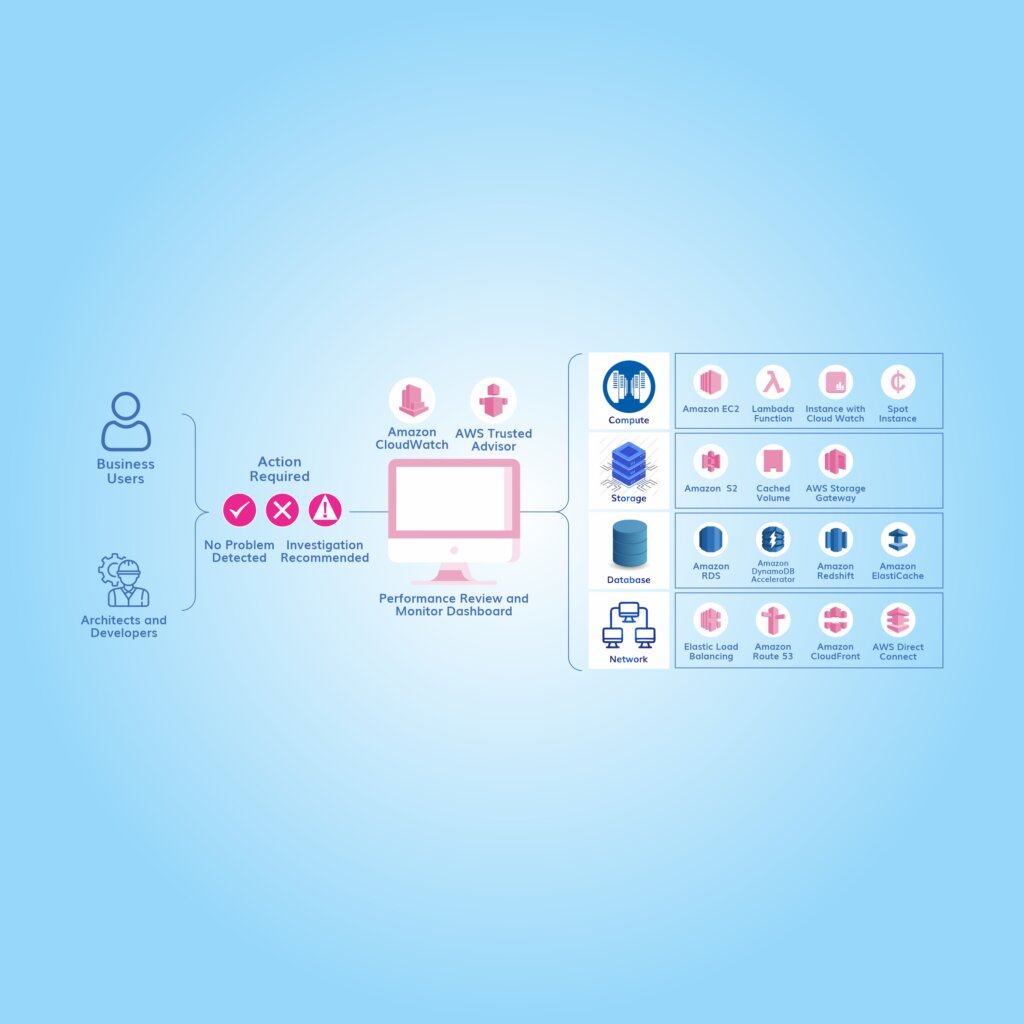Future Trends in MVP Development for Startups
In the fast-paced world of startups, developing a Minimum Viable Product (MVP) remains a crucial strategy. An MVP allows startups to test their ideas in the market with minimal investment, gather user feedback, and make data-driven decisions for further development. As technology and market dynamics evolve, so do the approaches to MVP development. This blog explores the future trends in MVP development that startups should watch out for to stay ahead of the curve.
1. AI and Machine Learning Integration:
Artificial Intelligence (AI) and Machine Learning (ML) are no longer just buzzwords. They are becoming integral to MVP development. AI and ML can help startups in several ways:
- Enhanced User Experience: AI-powered chatbots and personalized recommendations can significantly improve user engagement and satisfaction.
- Data-Driven Decisions: Machine learning algorithms can analyze user behavior and feedback, providing insights that guide the next development steps.
- Automated Processes: AI can automate routine tasks such as customer support and data entry, allowing startups to focus on core activities.
By integrating AI and ML into their MVPs, startups can offer more sophisticated and personalized products, which can be a significant competitive advantage.
2. No-Code and Low-Code Development Platforms:
No-code and low-code platforms are democratizing software development. These platforms allow entrepreneurs and small teams to build MVPs without extensive coding knowledge. The benefits are manifold:
- Speed: MVPs can be developed and launched much faster compared to traditional development methods.
- Cost-Effective: Reduced need for a large development team lowers the initial investment.
- Flexibility: These platforms often offer drag-and-drop interfaces and pre-built templates, making it easy to make changes and iterate quickly.
Startups can leverage no-code and low-code platforms like ihopr.com to validate their ideas quickly and efficiently, reducing time to market.
3. Emphasis on UX/UI Design:
User experience (UX) and user interface (UI) design are becoming increasingly important in MVP development. A well-designed product can significantly enhance user satisfaction and retention. Future trends in UX/UI design for MVPs include:
- Micro-Interactions: Small, subtle animations or feedback that guide and engage users.
- Voice User Interfaces (VUIs): With the rise of voice-activated devices, integrating VUIs can offer a hands-free and seamless user experience.
- Augmented Reality (AR) and Virtual Reality (VR): AR and VR can create immersive experiences that differentiate a product in the market.
Investing in high-quality UX/UI design from the beginning can set a startup apart and provide a solid foundation for scaling the product.
4. Cloud-Native Development and Serverless Architectures
Cloud-native development is transforming how MVPs are built and deployed, enabling startups to leverage powerful cloud services and infrastructure. The integration of serverless architectures further enhances this approach, offering several key benefits:
- Scalability: Cloud infrastructure, combined with serverless computing, allows for automatic scaling of resources in response to user demand. This ensures that the MVP can handle varying loads without manual intervention.
- Cost-Efficiency: With serverless architectures, startups only pay for the exact amount of computing resources they use. This eliminates the need for investing in and maintaining physical servers, significantly reducing operational costs.
- Rapid Deployment: Cloud-native environments support continuous integration and continuous deployment (CI/CD), enabling faster release cycles and quick updates to the MVP.
- High Availability: Cloud providers offer robust infrastructure with built-in redundancy and disaster recovery capabilities, ensuring that the MVP remains available and resilient to failures.
- Focus on Core Development: Serverless architectures allow developers to focus on writing code and building features without worrying about server management, infrastructure provisioning, or scaling complexities.
By adopting cloud-native development and serverless architectures, startups can build flexible, scalable, and cost-effective MVPs that can rapidly adapt to market demands and user feedback. This approach not only accelerates time-to-market but also provides a strong foundation for future growth and expansion.
5. DevOps and Continuous Integration/Continuous Deployment (CI/CD)
DevOps practices and CI/CD pipelines are becoming standard in MVP development. These methodologies emphasize collaboration between development and operations teams, leading to:
- Faster Releases: Continuous integration and deployment mean new features and updates can be released quickly and efficiently.
- Improved Quality: Automated testing and monitoring catch issues early, resulting in a more stable and reliable product.
- Better Feedback Loop: Frequent releases allow for rapid user feedback and iteration.
Implementing DevOps and CI/CD can significantly enhance the development process, enabling startups to adapt and respond to market needs swiftly.
6. Data Privacy and Security
With increasing concerns over data privacy and security, startups need to prioritize these aspects from the MVP stage. Key trends include:
- GDPR and CCPA Compliance: Ensuring that data handling practices comply with regulations to avoid legal issues and build user trust.
- End-to-End Encryption: Protecting user data in transit and at rest to prevent unauthorized access.
- Decentralized Data Storage: Using blockchain and other technologies to store data in a decentralized manner, enhancing security and transparency.
By integrating robust data privacy and security measures, startups can protect their users
and establish a trustworthy brand image.
7. Sustainable and Ethical Development
Sustainability and ethical considerations are gaining traction in the tech industry. Startups can differentiate themselves by adopting these principles in their MVP development:
- Eco-Friendly Technologies: Using energy-efficient cloud services and promoting digital minimalism to reduce environmental impact.
- Ethical AI: Ensuring that AI algorithms are transparent, unbiased, and used responsibly.
- Social Impact: Building products that address social issues and contribute positively to society.
Adopting sustainable and ethical practices can attract conscious consumers and investors, fostering long-term success.
8. Cross-Platform Development
With the proliferation of devices and operating systems, cross-platform development is becoming essential. Tools like React Native, Xamarin, Ionic, PhoneGap/Apache Cordova, Unity, Kotlin Multiplatform Mobile (KMM), NativeScript, Qt, Flutter, Appcelerator Titanium.
Allow startups to:
- Reach a Wider Audience: Develop applications that work seamlessly across different platforms (iOS, Android, web).
- Reduce Development Time and Costs: Single codebase reduces the need for separate development teams and efforts.
- Ensure Consistent User Experience: Provide a uniform experience across all devices, enhancing user satisfaction.
Cross-platform development enables startups to maximize their reach and impact from the MVP stage.
Conclusion
The future of MVP development is dynamic and full of opportunities. By staying abreast of these trends, startups can build innovative, user-centric, and scalable products that stand out in the competitive market. Whether it’s leveraging AI, adopting no-code platforms, or prioritizing data privacy, embracing these trends can significantly enhance the success of an MVP and pave the way for a thriving startup.
Contact Us
We’d Love to Help You
Get in Touch
- Fill out a request form. Please brief your requirements in-detail. The more we know about your amazing idea, the better we will guide and assist you with project time and resources
- We’ll reach out to you on priority to discuss next steps in the meantime please check out our case studies and insights.
- We look forward to collaborating with you to bring your idea to the market sooner than the traditional route.
Related




